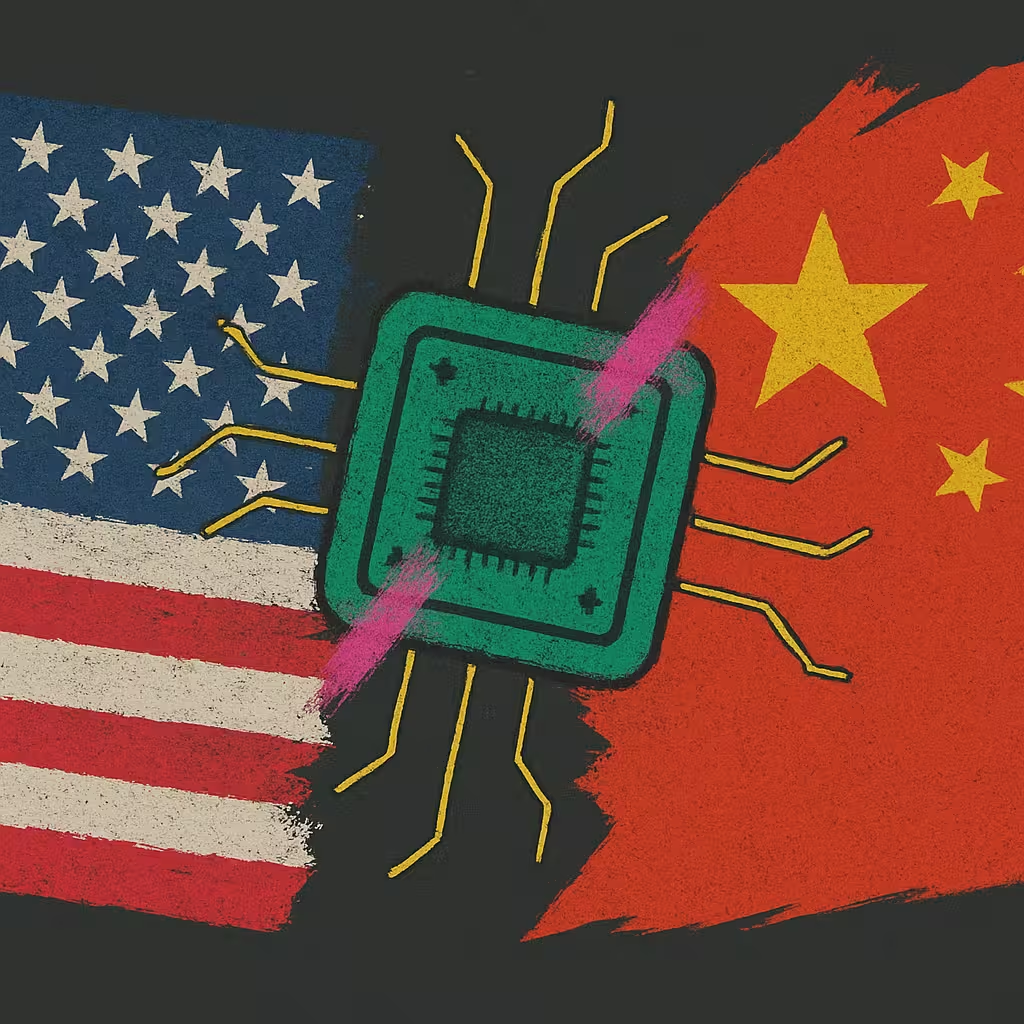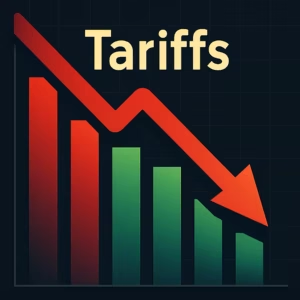
Unpacking the New US-China Trade Deal
If you’ve been watching the news, you might have heard about the “substantial progress” in US-China trade talks held in Switzerland over the weekend (May 10-11, 2025). After weeks of escalating tensions and sky-high tariffs that threatened to bring trade between the world’s two largest economies to a standstill, a new temporary agreement has been reached.
But what does this diplomatic breakthrough actually mean for your wallet, especially when it comes to buying that new smartphone, laptop, or gaming console? Let’s break down the potential impact on tech purchases.
The Background: A Near Trade Embargo
 Leading up to this deal, the situation was tense. The US had imposed tariffs reaching a staggering 145% on many Chinese goods, citing concerns over the trade deficit (around $263 billion last year) and the flow of fentanyl precursors. China retaliated with tariffs of 125% on US imports. These levels were so high they essentially acted like a trade embargo, disrupting the flow of over $660 billion in annual trade and causing major uncertainty for businesses and consumers alike. Tech products, many of which are assembled in or rely heavily on components from China, were right in the crosshairs.
Leading up to this deal, the situation was tense. The US had imposed tariffs reaching a staggering 145% on many Chinese goods, citing concerns over the trade deficit (around $263 billion last year) and the flow of fentanyl precursors. China retaliated with tariffs of 125% on US imports. These levels were so high they essentially acted like a trade embargo, disrupting the flow of over $660 billion in annual trade and causing major uncertainty for businesses and consumers alike. Tech products, many of which are assembled in or rely heavily on components from China, were right in the crosshairs.
What’s in the New Deal? A 90-Day Pause
The agreement reached is essentially a 90-day “ceasefire” or pause in the trade war, designed to de-escalate tensions and create space for more comprehensive negotiations. Here are the key takeaways:
- Drastic Tariff Reduction: This is the big news. For the next 90 days (roughly until August 10, 2025):
- US tariffs on specified Chinese goods will drop significantly from 145% down to 30%. (This 30% includes a baseline tariff plus a specific 20% levy related to fentanyl).
- China’s retaliatory tariffs on US goods will drop from 125% down to 10%.
- Suspension of Other Measures: China also agreed to suspend other countermeasures it had recently imposed, potentially including restrictions on exports of rare earth minerals crucial for technology.
- Ongoing Talks: A mechanism will be established for continued dialogue between the two countries to work towards a longer-term solution.
How Will This Affect Tech Purchases?
This temporary de-escalation is likely to have several positive effects for tech consumers, at least in the short term:
- Potential Price Relief: The most direct impact. Tariffs are taxes paid by importers, and those costs are often passed on to consumers. Reducing the US tariff from 145% to 30% is a massive cut. While a 30% tariff is still significant compared to zero, it’s far less damaging than 145%. Before this deal, analysis suggested the higher tariffs could lead to price hikes of over 30% for smartphones and laptops, and nearly 70% for game consoles. This agreement should prevent those drastic increases and could lead to lower prices than we might have otherwise seen very soon. Keep in mind it might take some time for these savings to filter through the supply chain to store shelves.
- Improved Availability: The near-embargo situation was threatening to severely limit the availability of many popular electronics. Lowering the tariffs should ease the flow of goods, meaning fewer worries about empty shelves for products manufactured or assembled in China.
- More Stable Component Supply: Many tech products assembled elsewhere still rely on components (like semiconductors, displays, batteries) sourced from China. Lower tariffs mean reduced costs and fewer disruptions for manufacturers, which can help stabilize production and potentially prevent component-related price increases down the line.
- Boosted Consumer Confidence: The news has already sent positive ripples through the stock market, with tech and retail stocks seeing significant gains. This reflects investor optimism that lower tariffs will ease pressure on businesses and encourage consumer spending.
What This Means For You (Right Now)
If you’ve been holding off on a tech purchase due to trade war fears, this 90-day window might offer some welcome relief. Prices are less likely to spike dramatically in the immediate future, and availability should improve.
However, it’s crucial to remember this is a temporary pause.
The Lingering Questions
The core disagreements between the US and China – surrounding the trade deficit, market access for US companies, China’s technology policies (like subsidies and alleged intellectual property issues), and the fentanyl crisis – haven’t been resolved. They’ve just been put on the negotiating table for the next 90 days.
- Can a lasting agreement be reached by August?
- What happens if the talks fail? Will tariffs snap back to their previous highs?
The future beyond this 90-day window remains uncertain.
Conclusion
The May 11th trade agreement provides a significant, albeit temporary, dose of relief for the tech industry and consumers. It pulls back from the brink of a near-complete trade shutdown, offering the prospect of more stable prices and better availability for gadgets in the coming months.
While it’s not a final resolution, it’s a positive step that prevents the worst-case scenario for now. Keep an eye on the news as negotiations progress – the outcome will undoubtedly continue to shape the tech landscape.
U.S. Trade Representative Jamieson Greer commented on the pace of the initial agreement: “It’s important to understand how quickly we were able to come to agreement, which reflects that perhaps the differences were not so large as maybe thought.”





